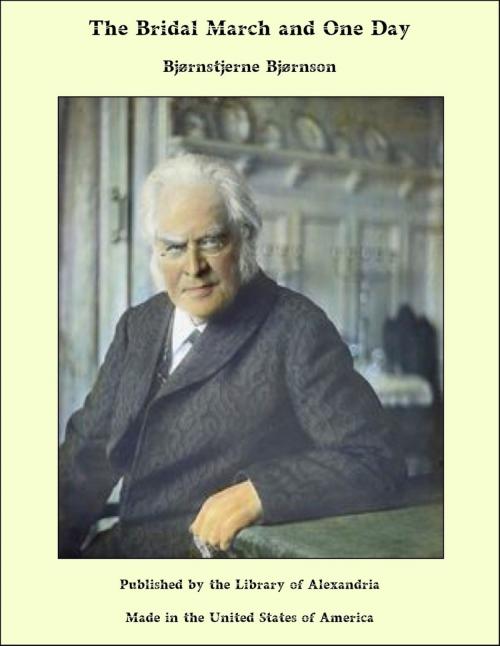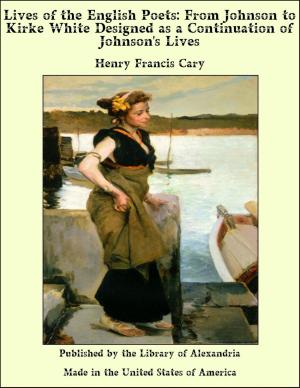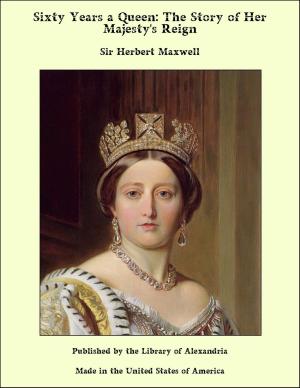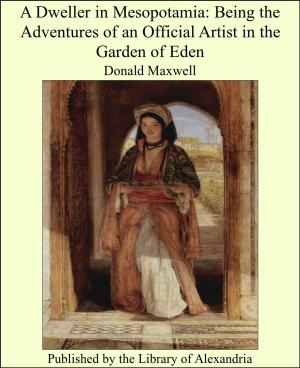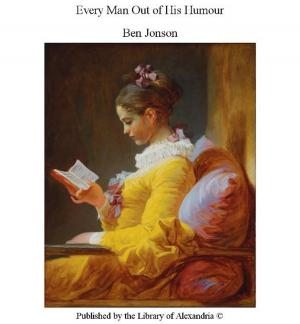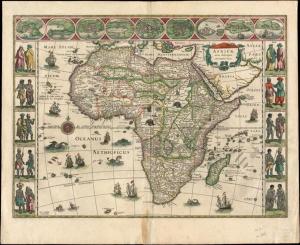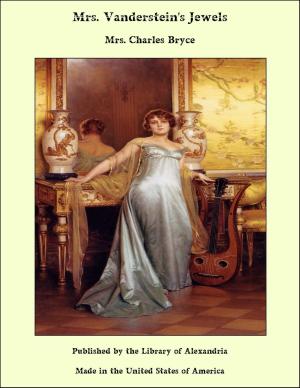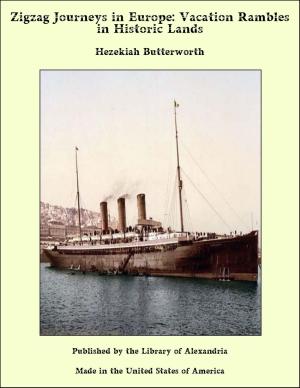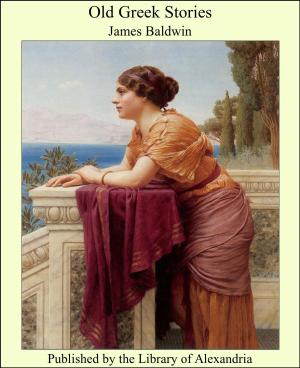The Bridal March and One Day
Nonfiction, Religion & Spirituality, New Age, History, Fiction & Literature| Author: | Bjørnstjerne Bjørnson | ISBN: | 9781465607027 |
| Publisher: | Library of Alexandria | Publication: | March 8, 2015 |
| Imprint: | Language: | English |
| Author: | Bjørnstjerne Bjørnson |
| ISBN: | 9781465607027 |
| Publisher: | Library of Alexandria |
| Publication: | March 8, 2015 |
| Imprint: | |
| Language: | English |
There lived last century, in one of the high-lying inland valleys of Norway, a fiddler, who has become in some degree a legendary personage. Of the tunes and marches ascribed to him, some are said to have been inspired by the Trolls, one he heard from the devil himself, another he made to save his life, &c., &c. But the most famous of all is a Bridal March; and its story does not end with the story of his life. Fiddler Ole Haugen was a poor cottar high among the mountains. He had a daughter, Aslaug, who had inherited his cleverness. Though she could not play his fiddle, there was music in everything she did—in her talk, her singing, her walk, her dancing. At the great farm of Tingvold, down in the valley, a young man had come home from his travels. He was the third son of the rich peasant owner, but his two elder brothers had been drowned in a flood, so the farm was to come to him. He met Aslaug at a wedding and fell in love with her. In those days it was an unheard-of thing that a well-to-do peasant of old family should court a girl of Aslaug's class. But this young fellow had been long away, and he let his parents know that he had made enough out in the world to live upon, and that if he could not have what he wanted at home, he would let the farm go. It was prophesied that this indifference to the claims of family and property would bring its own punishment. Some said that Ole Haugen had brought it about, by means only darkly hinted at. So much is certain, that while the conflict between the young man and his parents was going on, Haugen was in the best of spirits. When the battle was over, he said that he had already made them a Bridal March, one that would never go out of the family of Tingvold—but woe to the girl, he added, whom it did not play to church as happy a bride as the cottar's daughter, Aslaug Haugen! And here again people talked of the influence of some mysterious evil power. So runs the story. It is a fact that to this day the people of that mountain district have a peculiar gift of music and song, which then must have been greater still. Such a thing is not kept up without some one caring for and adding to the original treasure, and Ole Haugen was the man who did it in his time. Tradition goes on to tell that just as Ole Haugen's Bridal March was the merriest ever heard, so the bridal pair that it played to church, that were met by it again as they came from the altar, and that drove home with its strain in their ears, were the happiest couple that had ever been seen. And though the race of Tingvold had always been a handsome race, and after this were handsomer than ever, it is maintained that none, before or after, could equal this particular couple.
There lived last century, in one of the high-lying inland valleys of Norway, a fiddler, who has become in some degree a legendary personage. Of the tunes and marches ascribed to him, some are said to have been inspired by the Trolls, one he heard from the devil himself, another he made to save his life, &c., &c. But the most famous of all is a Bridal March; and its story does not end with the story of his life. Fiddler Ole Haugen was a poor cottar high among the mountains. He had a daughter, Aslaug, who had inherited his cleverness. Though she could not play his fiddle, there was music in everything she did—in her talk, her singing, her walk, her dancing. At the great farm of Tingvold, down in the valley, a young man had come home from his travels. He was the third son of the rich peasant owner, but his two elder brothers had been drowned in a flood, so the farm was to come to him. He met Aslaug at a wedding and fell in love with her. In those days it was an unheard-of thing that a well-to-do peasant of old family should court a girl of Aslaug's class. But this young fellow had been long away, and he let his parents know that he had made enough out in the world to live upon, and that if he could not have what he wanted at home, he would let the farm go. It was prophesied that this indifference to the claims of family and property would bring its own punishment. Some said that Ole Haugen had brought it about, by means only darkly hinted at. So much is certain, that while the conflict between the young man and his parents was going on, Haugen was in the best of spirits. When the battle was over, he said that he had already made them a Bridal March, one that would never go out of the family of Tingvold—but woe to the girl, he added, whom it did not play to church as happy a bride as the cottar's daughter, Aslaug Haugen! And here again people talked of the influence of some mysterious evil power. So runs the story. It is a fact that to this day the people of that mountain district have a peculiar gift of music and song, which then must have been greater still. Such a thing is not kept up without some one caring for and adding to the original treasure, and Ole Haugen was the man who did it in his time. Tradition goes on to tell that just as Ole Haugen's Bridal March was the merriest ever heard, so the bridal pair that it played to church, that were met by it again as they came from the altar, and that drove home with its strain in their ears, were the happiest couple that had ever been seen. And though the race of Tingvold had always been a handsome race, and after this were handsomer than ever, it is maintained that none, before or after, could equal this particular couple.
